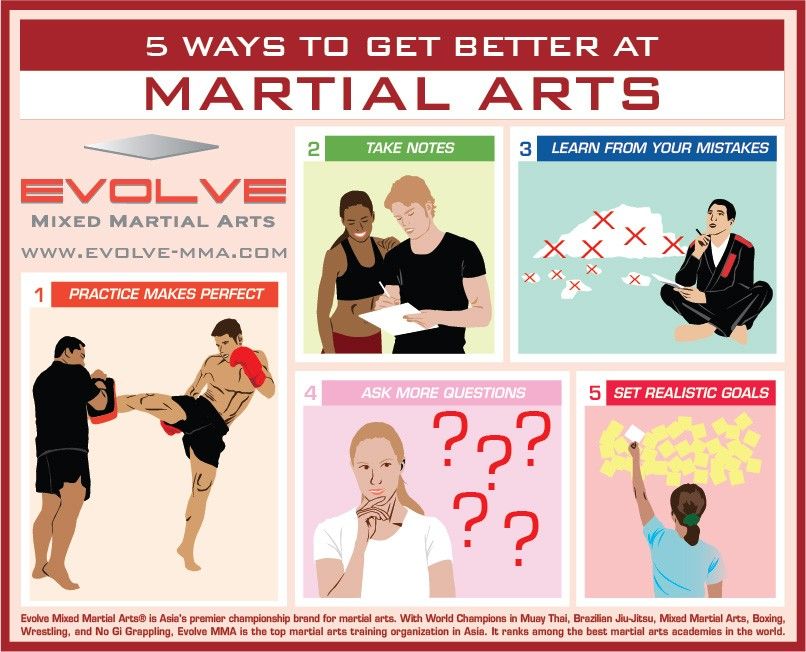The Evolution And Historical Value Of Martial Arts Across Different Cultures
The Evolution And Historical Value Of Martial Arts Across Different Cultures
Blog Article
Authored By-Hess Matthews
Martial arts have an interesting background that covers centuries and continents. You could locate it interesting exactly how ancient methods like Shuai Jiao and Kalaripayattu prepared for contemporary combat strategies. These self-controls not only emphasize physical abilities but additionally reflect the cultures that birthed them. As you discover their development, take into consideration exactly how globalization has actually transformed these standard types into crossbreed styles. What influences do you assume have formed today's martial arts landscape?
Ancient Martial arts: The Structures of Battle
As you explore the globe of ancient martial arts, you'll find the abundant structures that shaped combat techniques across cultures. Early techniques concentrated on Self-Defense and survival, commonly including strikes, grappling, and weaponry.
In ancient China, for instance, methods like Shuai Jiao stressed tosses and joint locks, while India's Kalaripayattu showcased dexterity and liquid movement. how martial arts changed my kids life developed Kenjutsu, a polished swordsmanship that highlighted discipline and technique.
relevant webpage served not just for battle however additionally as a way of personal growth, instilling values like respect and perseverance. The mixing of these techniques with time laid the groundwork for the diverse martial arts you see today, each reflecting the one-of-a-kind viewpoints and demands of its culture.
The Cultural Impact on Martial Arts Growth
While martial arts frequently reflect the functional needs of a culture, they additionally symbolize the cultural worths and ideas of their origins. When you explore various martial arts, you'll see how they're affected by religious beliefs, viewpoint, and social norms.
As an example, the focus on regard and discipline in Japanese martial arts stems from Zen Buddhism and samurai society. On the other hand, Brazilian Jiu-Jitsu promotes adaptability and approach, formed by the demand for performance in a diverse, multicultural environment.
You may find that the rituals, uniforms, and training methods show a neighborhood's background and identity. By understanding martial arts vs combat sports , you deepen your gratitude of martial arts and their function fit human experiences around the world.
Modern Adaptations and the Globalization of Martial arts
Martial arts have transformed considerably in recent decades, adapting to modern culture and worldwide impacts. You'll see that conventional forms have mixed with contemporary methods, producing hybrid styles like MMA. These adjustments deal with diverse audiences, making martial arts accessible and appealing worldwide.
With the surge of social media and digital systems, you can find tutorials and competitors from all corners of the world, breaking geographical barriers. This globalization has actually caused a shared appreciation for different self-controls, from Brazilian Jiu-Jitsu to Taekwondo.
As you engage with these arts, you'll understand they're not just about combat; they advertise physical fitness, self-control, and psychological health.
Eventually, contemporary adjustments have actually enhanced the martial arts landscape, making it a dynamic and advancing practice.
Final thought
In exploring the history and evolution of martial arts, you reveal a remarkable blend of strategies, cultures, and approaches. From ancient disciplines like Shuai Jiao and Kalaripayattu to the modern adaptability seen in MMA, martial arts reflect mankind's mission for Self-Defense and individual growth. As check over herea engage with these methods, you not just acquire skills yet additionally a deeper recognition for the varied customs that form our globe today. So, proceed your journey and welcome the art of fight!
